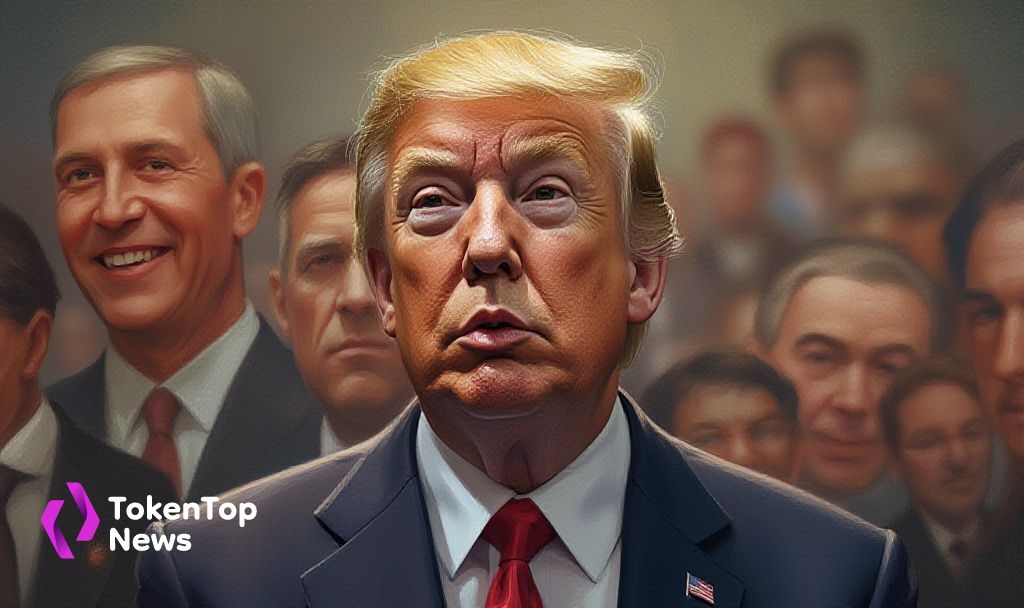White House Explores Tariff Reduction Amid U.S.-China Trade Tensions
- Trump hints at a substantial reduction of tariffs on China.
- Potential impacts on U.S.-China trade relations.
- Market reactions and economic implications.
- Background on current tariff rates and trade policies.

Trump Considers Significant Reduction of China Tariffs
In a recent statement, former President Donald Trump hinted at the possibility of cutting tariffs on China, which currently stand at 145%. This potential move could reshape the landscape of U.S.-China trade relations, which have been under strain for several years.
The tariffs, initially implemented to protect American industries from foreign competition, have had mixed results. While they aimed to bolster domestic manufacturing, they have also led to increased prices for consumers and strained relationships with trading partners.
Market analysts are closely watching this development, as a reduction in tariffs could lead to a decrease in consumer prices and potentially stimulate economic growth. However, it also raises concerns about the long-term implications for U.S. manufacturing and job security.
As the political landscape continues to evolve, the impact of Trump’s tariff reduction hints will be a critical point of discussion among economists and policymakers alike.




